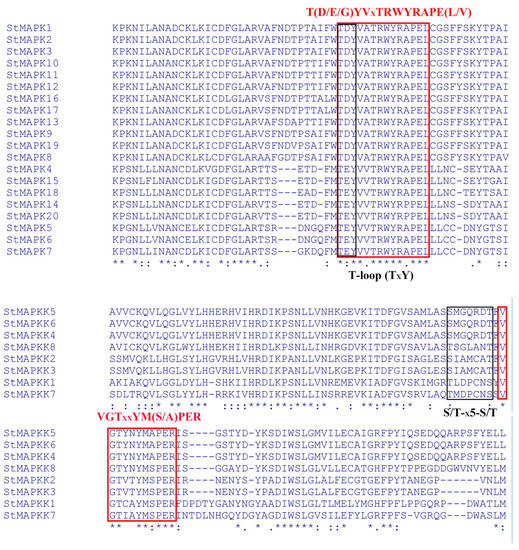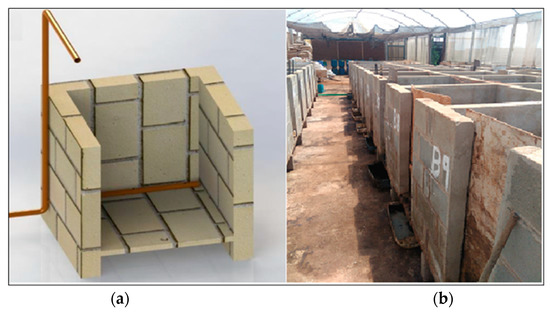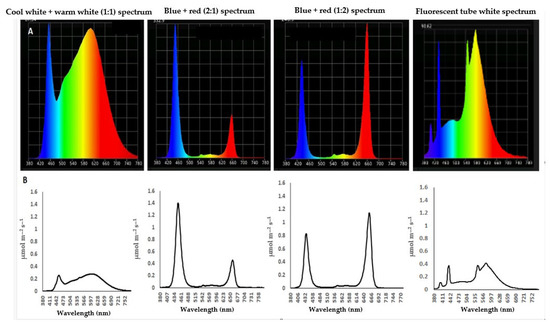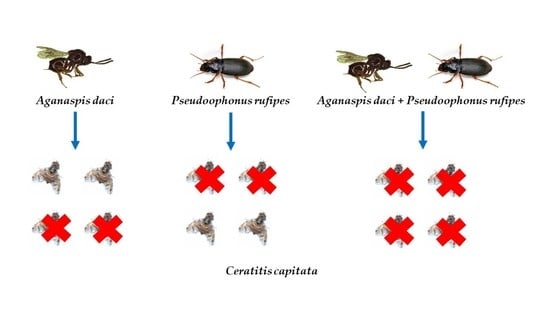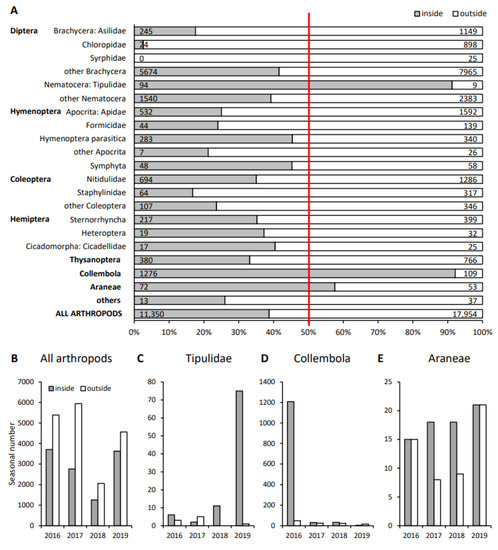Agronomy 2023, 13(1), 93; https://doi.org/10.3390/agronomy13010093 - 28 Dec 2022
Cited by 7 | Viewed by 2996
Abstract
Mitogen-activated protein kinase (MAPK) is an important component of the signal transduction pathway, which plays important roles in regulating plant growth and development, and abiotic stress. Potato (Solanum tuberosum L.) is one of the most popular tuber crops in the world. Genome-wide
[...] Read more.
Mitogen-activated protein kinase (MAPK) is an important component of the signal transduction pathway, which plays important roles in regulating plant growth and development, and abiotic stress. Potato (Solanum tuberosum L.) is one of the most popular tuber crops in the world. Genome-wide identification and analysis of the MAPK and MAPKK gene family in potato is not clear. A total of 20 MAPK genes and 8 MAPKK genes were identified in the potato genome. A conservative motif analysis showed that the MAPK protein contained a typical TxY phosphorylation site, and the MAPKK protein contained a conservative characteristic motif S/T-x5-S/T. Phylogenetic analysis showed that potato MAPK (mitogen-activated protein kinase) and MAPKK (mitogen-activated protein kinase kinase) were similar to Arabidopsis, including four groups of members A, B, C and D. Gene structure and promoter sequence analysis showed that all 28 gene family members of potato Solanum tuberosum MAPK (StMAPK) and StMAPKK have coding regions (CDS), and family members in the same group have similar intron and exon compositions, and that most cis-acting elements upstream of gene promoters elements have related to stress response. Chromosome location analysis found that MAPKs were unevenly distributed on 11 chromosomes, while MAPKKs were only distributed on chromosomes Chr. 03 and Chr. 12. Collinearity analysis showed that StMAPKK3 and StMAPKK6 have the same common ancestors among potato, pepper, and tomato. qRT-PCR results showed that the relative expressions of StMAPK14 and StMAPKK2 were significantly upregulated under low-temperature stress. These results could provide new insights into the characteristics and evolution of the StMAPK and StMAPKK gene family and facilitate further exploration of the molecular mechanism responsible for potato abiotic stress responses.
Full article
(This article belongs to the Special Issue Multiomics and Biotechnological Approaches for Increasing the Abiotic Stress Resistance of Plants)
►
Show Figures
